Stakeholders in the driverless industry are anxiously awaiting changes the US Department of Transportation (DOT) is making to self-driving vehicle guidelines.
Under the existing guidelines drafted by the DOT during the President Obama era, a 15-point "safety assessment" details voluntary guidelines to precede "rule making" and enforcement policies, including the threat of recalls. Heavy-handed guidelines or subsequent federal laws President Trump's DOT might impose in the future could serve to stifle driverless development in the US, some observers say.
At issue is how current laws and mandates mostly leave the legalities of tests on public streets and roads up to the discretion of individual states — which can create a hodgepodge of often-disparate laws across the nation.
Ideally, the DOT's revisions to the working guidelines could begin to ease the US state's burden of legislating driverless car tests in the immediate future. Eventually, federal laws and mandates, like those currently in effect for the automotive industry, could serve as a much-needed legal framework applicable to all 50 states. It should also not fetter driverless vehicles' development, and especially, future sales, Paul Lewis, vice president of policy and finance at the Eno Center for Transportation, told Driverless.
When it comes to safety, federal rules are required. A formula-based certification system is vital, so states, cities, and the general public can be assured that the technology on the roadways is safe. While the certification process will not be easy and presents challenges, it is something that has to be done on a federal level. The US government already certifies automotive parts and equipment and it has been doing that for a long time. So, there is no reason it cannot do the same for automated-driving systems.
New federal regulations or guidelines can be helpful in that they can establish an environment that is more stable, more consistent, and with fewer surprises within the borders of individual states, Jeremy Carlson, an analyst for IHS Automotive told Driverless.
"Clear guidance and mandates certainty tends to be looked upon favorably by most businesses because it helps them understand the future environment in which today's investments will bear fruit," Carlson told Driverless. "It can also reduce the likelihood of facing multiple different state-level regulatory requirements that would complicate the business."
Earlier this week, the US DOT said it is actively completing a previously promised revision of voluntary guidelines for driverless vehicles originally drafted by President Obama's administration.
During a press conference held in Detroit Monday, US Transportation Secretary Elaine Chao told a group of reporters a new set of much-needed guidelines "will be released in the next few months, if not sooner," Reuters reported. "The pressure is mounting for the federal government to do something."
Machine Learning Critical
More clearly defined guidelines followed by laws and mandates homogenizing the legal framework across the US are a critical missing component for driverless' development. Because, among other things, a large part of self-driving cars' machine learning process requires that the vehicles navigate public roads and streets. The vehicle's LiDAR, radar, and other sensors used with GPS and other positioning tools scan and create maps that the onboard computer registers as the car machine-teaches itself how to drive.
While the car's machine learning-enabled computer and software can also teach itself to drive when a human is at the wheel, level 3 and more-advanced driverless capabilities require thousands of dry runs before becoming available commercially. And this testing process can only take place in US states that allow for driverless tests.
State by State
States commonly take several different approaches to driverless policy, and while that is already an issue for tests, applicable federal mandates must be in place before commercial launches can begin, Lewis said.
"For testing, the lack of uniform laws and mandates is annoying. It might slow down the development but is not an insurmountable barrier," Lewis said. "Where it becomes a real issue, is for commercial deployment. That is where we can see real issues if the disparities continue to exist."
OEMs enjoy industry support and legislation allowing for driverless tests in such states as California and Arizona, where General Motors' Cruise and Alphabet's Waymo are permitted to test their self-drive vehicles extensively.
However, not all states are as driverless-friendly. In Texas, for example, state legislators only recently passed a bill ahead of signing into law regulations for testing self-driving vehicles.
On the other hand, some states have outdated rules that actively slow driverless testing. An outdated state law in New York, created to help prevent driver distraction, prohibited drivers from removing their hands from the steering wheel of cars or trucks while in motion. Only recently was the law changed to accommodate commercial hands-off driving tests. This allowed Audi to begin testing its Level 3-enabled A7 on public roads in the state of New York.
The new DOT guidelines will almost certainly not represent a watershed moment that would supersede state laws by allowing for driverless vehicle tests nationwide, but it will hopefully set the groundwork for overriding legislation that will legislate what has so far been left up to individual states to do. In the meantime, probably even after the guidelines revision, OEMs tests will remain dependent on individual state legislation.
Just updated your iPhone? You'll find new emoji, enhanced security, podcast transcripts, Apple Cash virtual numbers, and other useful features. There are even new additions hidden within Safari. Find out what's new and changed on your iPhone with the iOS 17.4 update.



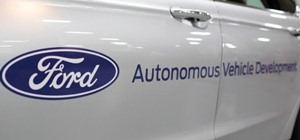






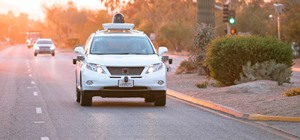
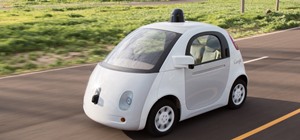

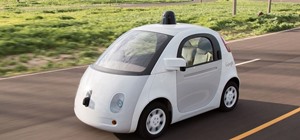
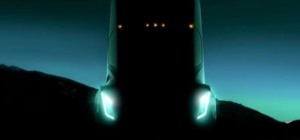
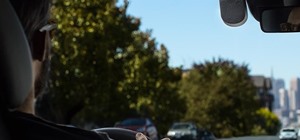
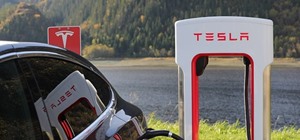
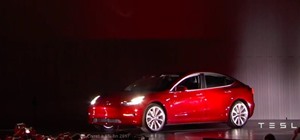


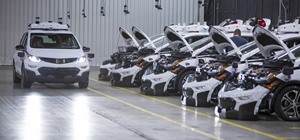
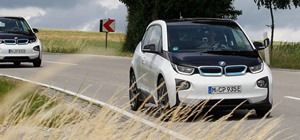
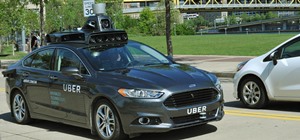
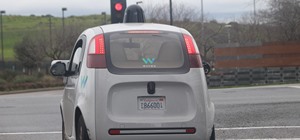

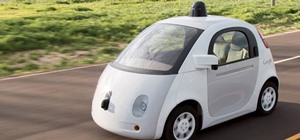
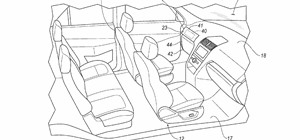


Be the First to Comment
Share Your Thoughts